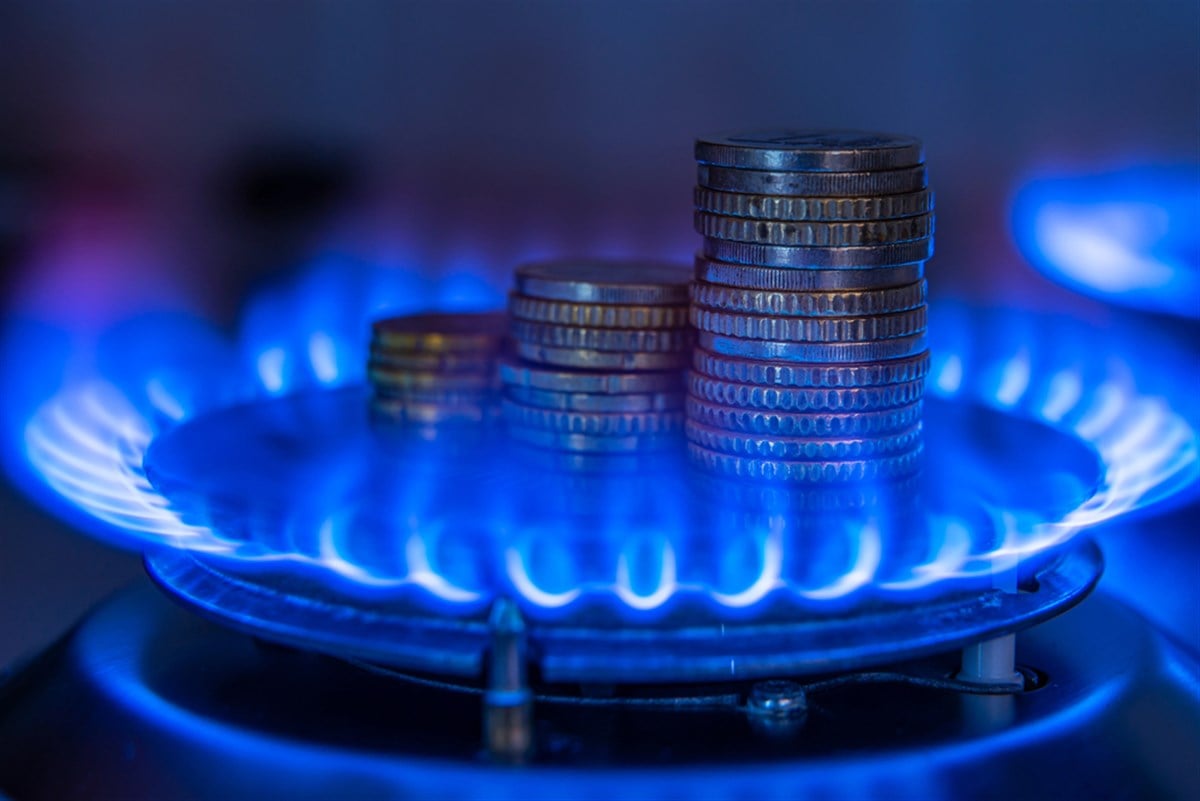2 Top ETFs to Profit From the Natural Gas Price Surge

Energy traders refer to natural gas futures as the "Widowmaker" due to the extreme volatility that can trigger on a moment's notice. Such drastic moves in the oils/energy sector have been commonplace in the last two months. The combination of back-to-back geopolitical and political news and winter storms have made for surging prices that have blown short sellers out of the water. Natural gas is a fossil fuel, which is why it's not renewable, but it burns cleaner than coal. Additionally, fuel cells can use it to generate cleaner electricity using a chemical reaction rather than combustion.
Cancellation of the Ukraine-Russia Gas Transit Deal
For the past five years, certain European nations have received natural gas from Russia through pipelines that moved through Ukraine. The Ukraine gas transit deal with Russia’s Gazprom expired on January 1, 2025, as Ukraine has opted not to renew it as it doesn’t want to help bankroll Russia’s war. This caused natural gas prices to surge at the end of December 2024. While Ukraine will miss out on $800 million in annual revenues, Russia will lose out on an estimated $5 billion. Most European nations have already found other ways to get their natural gas. Natural gas prices surged 22% on December 27, 2024, on Ukraine not renewing the deal.
President Biden Blocks 625 Million Acres from New Drilling
Just as prices fell back to the previous day’s levels, United States President Biden announced the permanent blocking of new drilling on nearly 625 million acres comprised of the East Coast, California, Washington state, Oregon and parts of Alaska, and the eastern Gulf of Mexico. This sent natural gas prices soaring again, followed by a nationwide snowstorm dropping the amount of snow not seen for a decade on the East Coast on January 6, 2025. Winter of 2025 is forecast to be one of the coldest weather in nearly three decades on the East Coast as the Polar Vortex moves south into the new year.
The year is still young. Here are two ETFs to trade the surge in natural gas prices.
United States Natural Gas Fund ETF
The standard ETF to measure the movement or trade of natural gas prices is the United States Natural Gas Fund (NYSEARCA: UNG) ETF. This ETF is extremely liquid, with trading volume averaging 12 million shares daily. It has $863.7 million in assets under management (AUM) with a market cap of $1.06 billion.
Its top holding is 44.51% in natural gas futures through ‘Henry Hun Natural Gas Jan 25’ contracts. The rest are derivatives, money market funds, cash and cash equivalent holdings. UNG has surged 47% higher in less than two months but is still trading down 25.1% on a trailing 12-month basis.
ProShares Ultra Bloomberg Natural Gas ETF
The ProShares Ultra Bloomberg Natural Gas ETF (NYSEARCA: BOIL) is a 2x leveraged ETF for traders seeking more volatility. It’s designed to mirror double the one-day price moves of natural gas futures.
For example, if natural gas futures are up 6% on the day, then BOIL should be up 12% and vice versa on down days.
It’s worth remembering that leverage ETFs can inherently decay in value over time due to being priced daily. This means gaps up or down can impact the pricing and erode the ETF value over time, even if natural gas prices are flat.
Contango and Decay: Trade Them Short-Term, Don’t Hold Them Long-Term
These ETFs can suffer from contango, where the futures contracts are priced higher than the spot price, resulting in a negative roll yield. This can lead to erosion and underperformance over time since both the UNG and BOIL are tracking commodities futures contracts. Contango can impact BOIL even harder since it's a leveraged 2x ETF. For this reason, it's not best to hold these ETFs long-term but more so to trade them short-term.
More News
View More




Recent Quotes
View More
Quotes delayed at least 20 minutes.
By accessing this page, you agree to the Privacy Policy and Terms Of Service.